Cargando...
Recursos educativos
-
Nivel educativo
-
Competencias
-
Tipología
-
Idioma
-
Tipo de medio
-
Tipo de actividad
-
Destinatarios
-
Tipo de audiencia
-
Creador
Lo más buscado
- webquest
- Repaso acentuación
- problemas de primaria
- Química elemental
- Ilustraciones del ciclo del agua
- Ejercicios de repaso y refuerzo
- leyendas para niños
- Anfibios ovíparos
- Arte paleolítico
- fichas matemáticas
- Educared experimentos
- Rayuela
- Colonización de América
- Dibujos de Halloween para recortar
- Juegos de tangram de figuras
-
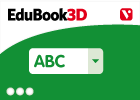
True/false. Characteristics of vertebrates
EduBook Organización
- 3711 visitas
Decide if the following sentences are true or false: Vertebrates are the largest animal group on Earth. ➝ Almost all vertebrates have limbs. ➝ Limbs are called wings when they are used for flying.…
-
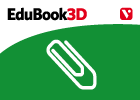
The five groups of vertebrates
EduBook Organización
- 3676 visitas
Fish have an elongated body and swim using their fins. Amphibians live part of their life in water. Their skin is moist and slippery. Reptiles crawl to move around. Their bodies are covered with hard…
-

Check. Sound
EduBook Organización
- 3564 visitas
Remember what you have studied in this section and answer the questions: With a classmate, name the qualities that characterise a sound, and define them. What qualities are different and the same…
-

Final self-evaluation 9 - Feudal Europe
EduBook Organización
- 3557 visitas
Match the concept with its definition: Social class dedicated to military affairs and war. Christian military expedition to reconquer the Holy Land from the Muslims. Lands of the king or noble presented…
-
End-of-unit evaluation - The Animal Kingdom (II). Vertebrates
EduBook Organización
- 3351 visitas
There are around 50000 species of vertebrates, classified into five main groups: fish, amphibians, reptiles, birds and mammals. Fish are the most primitive group and they have the highest number of…
-
Unit 8: Matter and its properties
EduBook Organización
- 3327 visitas
Binary compound (n): a chemical compound which is made up of two elements. bind (v, past and past participle bound): to stick together or cause to stick together, for example through chemical bonding.…
-

Arthropods
EduBook Organización
- 3307 visitas
Characteristics of arthropods Arthropods are the largest animal group on Earth. The most characteristic feature of arthropods is their external skeleton. The articulated exoskeleton (external skeleton)…
-
Introduction - The Animal Kingdom (II). Vertebrates
EduBook Organización
- 3276 visitas
There are around 50000 species of vertebrates, classified into five main groups: fish, amphibians, reptiles, birds and mammals. Fish are the most primitive group and they have the highest number of…
-

Final self-evaluation 12.06 - The Population of Spain
EduBook Organización
- 3278 visitas
Match each statement with the correct theme: Another group of immigrants is made up of refugees and asylum seekers. Agricultural and mountain areas in the interior of Spain have been losing population.…
-
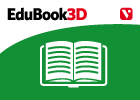
Mountain landscapes
EduBook Organización
- 3222 visitas
Mountain landscapes Mountains are high elevations of land. A mountain has three parts: The peak is the highest part of the mountain. The foot is the bottom part of the mountain. The slopes are the parts…
Te estamos redirigiendo a la ficha del libro...













